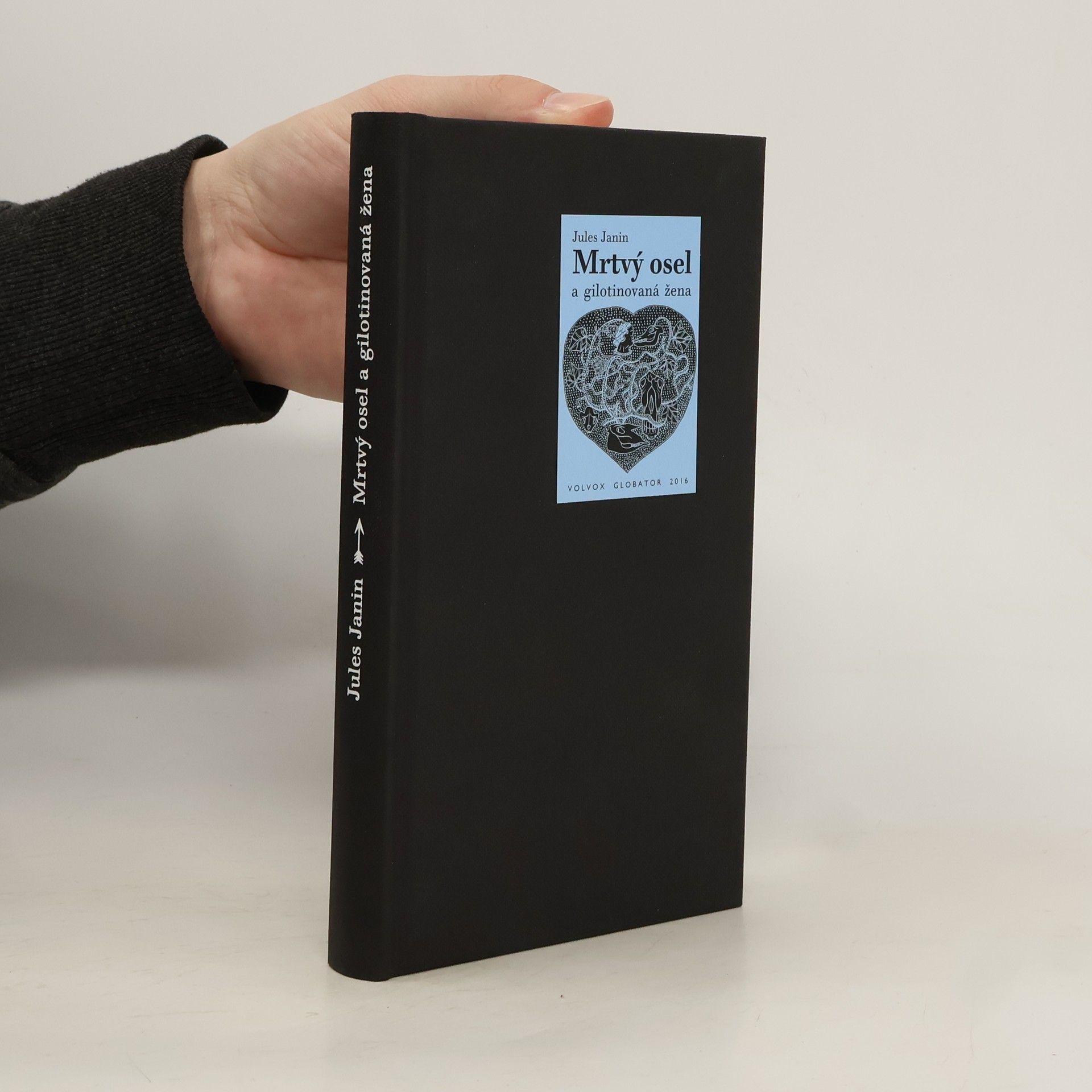Česká premiéra slavného skandálního díla, které ve své době útočilo na divákovy nervy přemírou drastických výjevů. Jules Janin jako představitel francouzské frenetické školy navázal na anglický gotický román a vytvořil jeho svéráznou parodii. Osobitý pastiš promísil nejen notnou dávkou černého humoru, ale také jej okořenil působivou lyrikou. Výbušnou směs s jiskrou šílenství slibují zlověstné postavy, prostředí márnice, popraviště, kat nebo clamartský hřbitov. Francouzská kritika si byla jista, že nad tím vším se vznáší odér sirného zápachu a hrdiny i čtenáře příběhu pohltí morbidní temnota. Román ale ve skutečnosti autorovi zajistil místo na výsluní evropské romantiky.
Jules Gabriel Janin Livres
16 février 1804 – 19 juin 1874
Gabriel-Jules Janin était un écrivain et critique dramatique français dont l'œuvre était reconnue pour son style léger et vif. Bien qu'il ait commencé comme romancier, il acquit une grande renommée en tant que critique dramatique pour le Journal des Débats, où ses feuilletons abordaient souvent un large éventail de sujets. Janin a également contribué à d'autres formes littéraires, y compris des récits de voyage et des textes pour des livres illustrés, et son travail démontrait fréquemment une profonde familiarité avec la littérature française. Son œuvre, souvent caractérisée comme de l'improvisation, a conservé une originalité et une influence remarquables.

